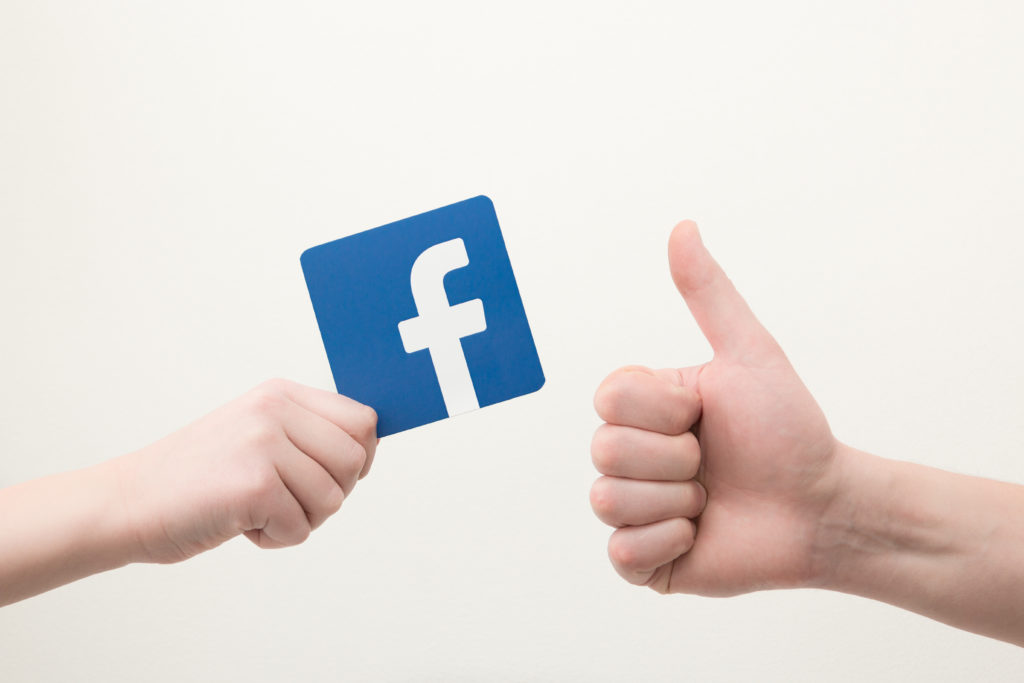
“Facebook?” you may say. “Does anyone even use Facebook anymore?” The answer, of course, is yes, millions of people still use Facebook regularly. Perhaps the question you should be asking is if you are successfully marketing to your Facebook audience? While selfies, funny pet videos, and political rants may fill many users’ feeds, countless people also use this social media outlet to “Like” their favorite brands. But why? What exactly are they looking for when the click on that little thumbs up?
Opportunity Lost?
Facebook has faced a lot of bad press recently, but the truth remains that if you don’t have a definitive marketing strategy for this social media network, you’re missing a big opportunity. A recent MarketingCharts article found that while Facebook has experienced a decline in usage amongst younger generations, it remains the most used platform for Millennials, Gen X, and Boomers. And according to the Pew Research Center, 68% of Americans use Facebook as of 2018!
Let’s think of the “Bs” and “Cs” for a moment—that is, business to business (b2b) versus business to consumer (b2c). How you market depends heavily on to whom you are trying to market. In healthcare, we often market to other companies or to salespeople who are selling our products for us. This is a different tactic than we should use when trying to speak directly to consumers. Marketing through social media is a cost-effective and enjoyable way to engage with your customers. According to MarketingSherpa, 95% of online adults ages 18 to 34 are likely to follow a brand on social media, so if you aren’t marketing through these platforms it truly is opportunity lost.
What are the Motivators?
The question now turns to the reasoning behind the like—why someone likes a video of a golden retriever (it’s cute!) is very different to why someone likes a post from Coca-Cola.
Surely customers want to learn about your product…right? It turns out people don’t often seek out informational content through social media. The number one motivator is all about saving a buck or two! Your customers want information about upcoming sales. Saving 10% on your favorite sneakers or getting a low interest rate on that new car you’ve had your eye on is quite the motivator!
Some of the other top motivators may surprise you:
| Upcoming sales |
| Incentives, such as promotions and coupons |
| Info about new products |
| Supporting a favorite brand |
| Entertainment value |
The right Facebook post will help you reach specific audiences depending on your goal and should compel users to respond. The more reactions and responses your post gets, the more curious others become. In short, clicks lead to more clicks, and if users share your posts then they will introduce potential customers to your brand!
Avoiding Common Blunders
We’ve all seen it—a company posts what they think is acceptable content on a social media platform that ends up backfiring in one way or another. It’s wise to think of social media interactions like dinner with your co-workers or in-laws—avoid religion and politics! It’s safe to assume that unless you cater very specifically within those topics you won’t always understand how your customers feel about your brand’s relationship with those subjects.
If many of your customers reside in another country, brush up on their customs and beliefs. What is appropriate here many not be appropriate there! Additionally, you may feel inclined to post on some of the hundreds of holidays and “awareness” days, but ask yourself if these days really resonate with your audience? For example, it wouldn’t make a whole lot of sense for one of the top car manufacturers to try to connect with customers on Small Business Saturday.
Ultimately, remember what your customers are looking for (sales and incentives likely top the list!) and use Facebook as a tool to generate meaningful interactions that will increase your visibility and hopefully reach new audiences.



